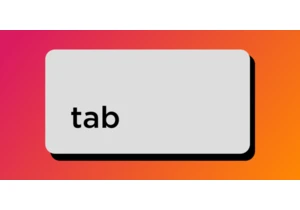The HTTP Archive looked at more than 7 million websites and compiled their annual report detailing how the sites were built. And there’s an enormous wealth of information about how the web changed in 2020. In fact, this report is more like an enormous book and it’s entirely fabulous. The data comes from making queries to the HTTP Archive and is broken down into various sections, such as Performance, Security, and the languages themselves, including how folks wrote HTML or … Read article “HTTP Archive’s Annual State of the Web Report”
The post HTTP Archive’s Annual State of the Web Report appeared first on CSS-Tricks. You can support CSS-Tricks by being an MVP Supporter.
Login to add comment
Other posts in this group


I went on to figure out how make masonry work today with other browsers. I'm happy to report I've found a way — and, bonus! — that support can be provided with only 66 lines of JavaScript.
<hr


Brad Frost introduced the “Atomic Design” concept wayyyy back in 2013. He even

Chrome 139 is experimenting with Open UI’s proposed Interest Invoker API, which would be used to create tooltips, hover menus, hover cards, quick actions, and other types of UIs for showing more in

Focus trapping is about managing focus within an element, such that focus always stays within it. The whole process sounds simple in theory, but it can quite difficult to build in practice, mostly

A versal letters is a typographic flourish found in illuminated manuscripts and traditional book design, where it adds visual interest and helps guide a reader’s eye to where they should begin.
